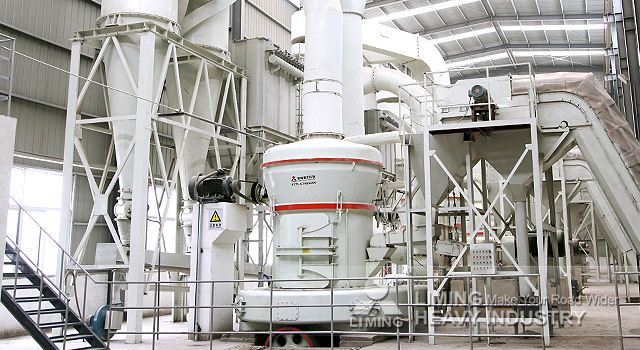The process of grinding quartz stone involves several steps, each designed to achieve a specific outcome in terms of quality and appearance. Quartz is a durable and versatile material widely used in various applications, including countertops, flooring, and decorative surfaces. The grinding process enhances the properties of quartz stone, making it suitable for a range of practical and aesthetic purposes. Below is a detailed explanation of the quartz stone grinding process flow:

Quarrying and Raw Material Selection:
The process begins with the extraction of raw quartz from quarries. High-quality quartz with minimal impurities is preferred for grinding to ensure the final product meets quality standards. Raw quartz is then transported to the processing facility.
Crushing and Sizing:
In the processing facility, raw quartz undergoes primary and secondary crushing to break it into smaller pieces. The crushed material is then sized to achieve a uniform particle distribution. This step is crucial for ensuring consistency in the grinding process.
Grinding:
The sized quartz particles are fed into grinding mills, where they undergo further reduction in size. Various types of mills, such as ball mills and vertical mills, may be used depending on the desired fineness of the final product. The grinding process transforms the quartz into a fine powder, refining its texture and improving its overall quality.
Classification:
After grinding, the quartz powder is classified based on particle size. This step separates the fine particles from the coarser ones, ensuring that the final product has a uniform and controlled particle distribution. Classification is typically achieved using air classifiers or sieving techniques.
Purification:
To meet quality standards and remove any remaining impurities, the ground quartz undergoes a purification process. This may involve methods such as washing, magnetic separation, or chemical treatments. Purification enhances the clarity and purity of the quartz, making it suitable for various applications, including those requiring a high level of transparency.
Surface Treatment:
Depending on the intended use of the quartz stone, surface treatments may be applied to enhance its appearance and performance. Polishing is a common surface treatment that gives quartz a smooth and shiny finish, making it ideal for decorative applications like countertops and flooring.
Quality Control:
Throughout the grinding process, quality control measures are implemented to ensure that the final product meets specific standards. These measures may include regular testing for particle size distribution, purity, and other relevant characteristics.
Packaging and Distribution:
The final step involves packaging the processed quartz stone for distribution. Proper packaging is essential to prevent contamination and damage during transportation. The quartz stone is then shipped to manufacturers, contractors, or distributors for use in various construction and design projects.
In conclusion, the grinding process for quartz stone is a multi-step procedure that involves quarrying, crushing, grinding, classification, purification, surface treatment, quality control, and packaging. Each step contributes to the production of high-quality quartz products suitable for a wide range of applications in construction and design.
